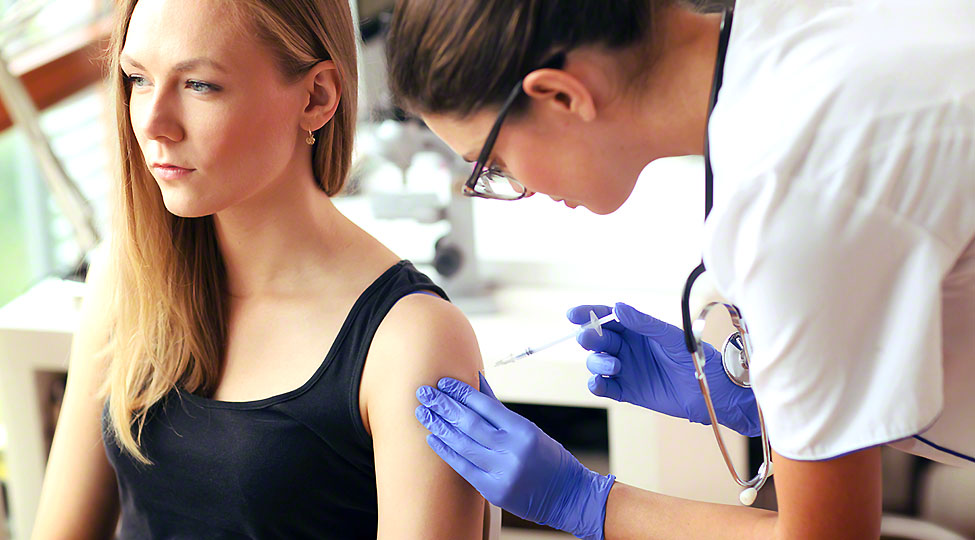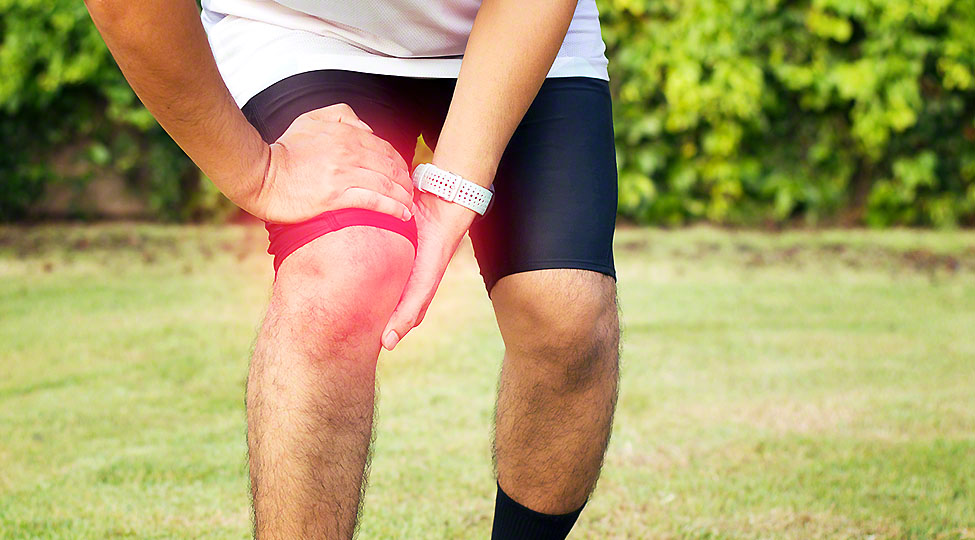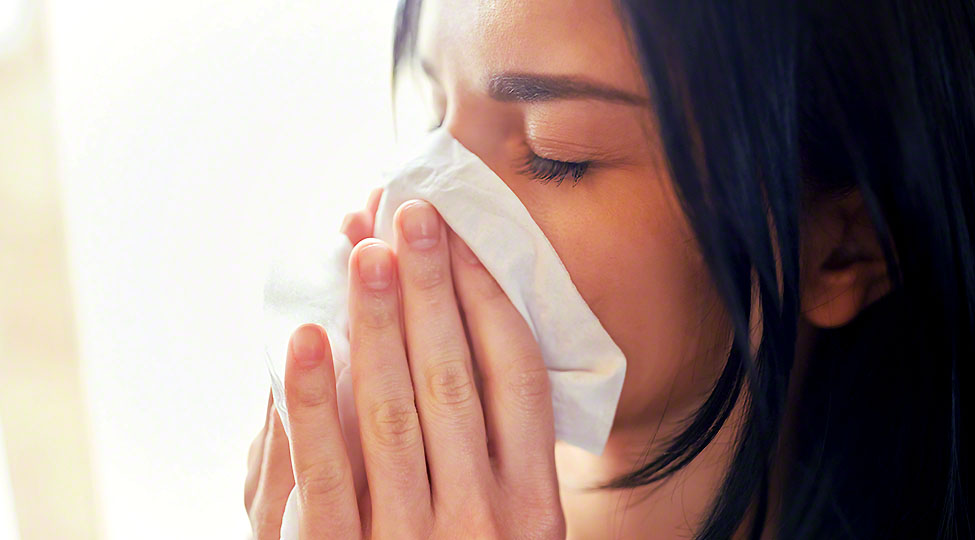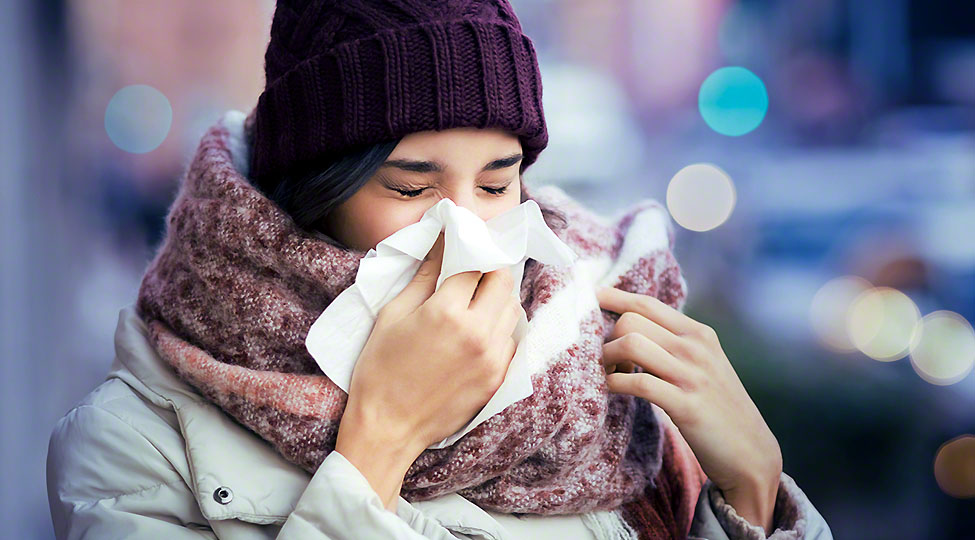It’s probably the worst feeling when you’re trying to sleep and suddenly your body coils up in pain. If you have to deal with chronic pain on a daily basis, then do you have to kiss sleep goodbye? Well, not exactly if you follow the advice of your sleep doctor Clarksburg. This blog will help you understand the relation between sleep and pain and how to sleep well with chronic pain.
Chronic Pain & Sleep
Let’s be real if you’re trying to sleep, you don’t want your body to be aching, otherwise you won’t be able to relax and slip into dreamland.
Unfortunately, with chronic pain, sleep can be an issue. Chronic pain is a condition in which your body or a part of it is always feeling immense pain. There is no specific reason for it, but there also could be a couple, like:
- Injury
- Past surgeries that haven’t healed completely
- Genetics
- Weightlifting
- Stress
- Bad work schedules, etc.
Chronic pain lasts anywhere between 2 to 6 months and it’s a never-ending episode of pain. It can occur in the form of:
- Body aches
- Headache
- Limb pain
- Back pain
- Pain in the toes or fingers, etc.
You get the gist: You can’t sleep peacefully if your body is in pain, so that answers the question: Does chronic pain affect sleep? Yes, it does.
However, there are ways to manage the pain, make your night a bit more manageable, and make you able to get a little bit of rest. Aside from meeting a pain management specialist, there are some routine things that you can try out.
How To Deal With Chronic Pain For Better Sleep
If you want to have a seamless trip to snoozeville, then you need to follow these tips to keep the pain at bay and sleep peacefully.
Do Yoga
Yoga is a great stress reliever. Pain can coil your body up tight like an unbendable spring and one way by which you can ease the tension out of the limbs and get your body feeling relaxed is through yoga.
Before bed, try to stretch your body and make it as flexible as possible. You will see the difference in no time and you’ll experience diminished pain because your body isn’t so tense anymore. If you didn’t know this already, you will feel a lot more pain if your body is tense, so the key is to let go of the tension.
Take Painkillers
This tip also goes without saying, but if you’re in the throes of pain, then you might need something more than a stretch on the bed. Painkillers will help to alleviate the pain and they’re great to take before bed so that you can deal with the pain and go to sleep peacefully. However, it’s not smart to take medicine of your own free will.
Firstly, your doctor needs to prescribe you medicine for pain. If you’re in chronic pain, then you already might be consulting a pain management specialist, they will help you out with painkillers and selecting the right one.
The next thing to remember is the dosage. You don’t want to go overboard with the pills, because they can end up doing more bad than good. Only take the prescribed amount and if you can only take one pill a day, then take it a few hours before bed.
Find A Comfortable Position
The right position can help you sleep like a baby without triggering excruciating pain. Sometimes, bad sleep positions can cause your body to be in pain at all times, and if it’s chronic pain you’re dealing with, then finding a comfortable position is even more crucial.
If you like sleeping on your side, then switch to your back and try to sleep that way. You don’t want to put all of the weight on one side of the body for long periods, so try out different positions until you feel better and comfortable.
Make The Bed Cozy
Is your mattress giving you a backache? That’s not something you need while having to deal with chronic pain, so why not switch the old mattress out for a new one.? There are specific mattresses available nowadays that can help to distribute the weight of your body and make you sleep peacefully even if you suffer from chronic pain.
So, do some research and find out which mattress is the best for you. If you want, you can even experiment with different cushions and pillows and find the things that make your bed feel like a cloud.
Lower The Temperature
If you don’t know anything about good sleep and your body is in tune with temperature, then you will be surprised to know that your body shuts down well for the night when the temperature is low. If you have a thermostat in your room, then lower it to less than 77 degrees Fahrenheit (25 °C).
Your body, once the temperature starts to decrease, takes up energy from the cells and that makes you feel tired. This is a proven scientific fact and you can try it out. For the best results, take a mildly hot shower and then step into a cool room. You will feel sleepy in no time.
Massage Is The Way To Go
For someone who deals with chronic pain on a daily basis, massages are a godsend. Massages work in the same way that yoga does and it relieves the tension in the limbs. It makes your body lax and you will feel like a million bucks. If you want, you can hop on over to your favorite salon and get a pampering massage.
Focusing on the points that hurt a lot, slowly let the tense muscles soften and you’ll feel amazing. Not to mention, you will go from wide awake to lights out within minutes.
Breath Work
If you’ve ever hurt yourself, and someone advised you to breathe through the pain, that’s exactly what this tip is all about. Breath work also de-stresses the muscles and distracts the brain from the pain.
Pain is registered when the nerves send signals to your brain that a part of the body hurts. This can shift the focus of the brain to the pain and you’ll feel nothing but discomfort.
To distract the brain from feeling pain, you can give it a new task and this is where breathing comes in. You need to inhale deeply through the nose and exhale slowly through the mouth and you’ll feel a world of difference in the intensity of pain.
Have A Routine
If you have a haphazard routine and no definite time of waking up and going to sleep, then you’re not going to sleep well. Add to that the pain you’re feeling and you’ll pretty much go sleepless through the night.
Try to work on your routine and wake up and go to sleep at a specific time for a week. You’ll see that your sleep schedule will automatically get better, even if you’re a chronic pain patient.
Conclusion
Chronic pain and sleep don’t go well together, but there are ways to rectify it and get a good night’s rest. Visit a doctor for chronic pain or a sleep specialist Silver Spring for treatment options.









